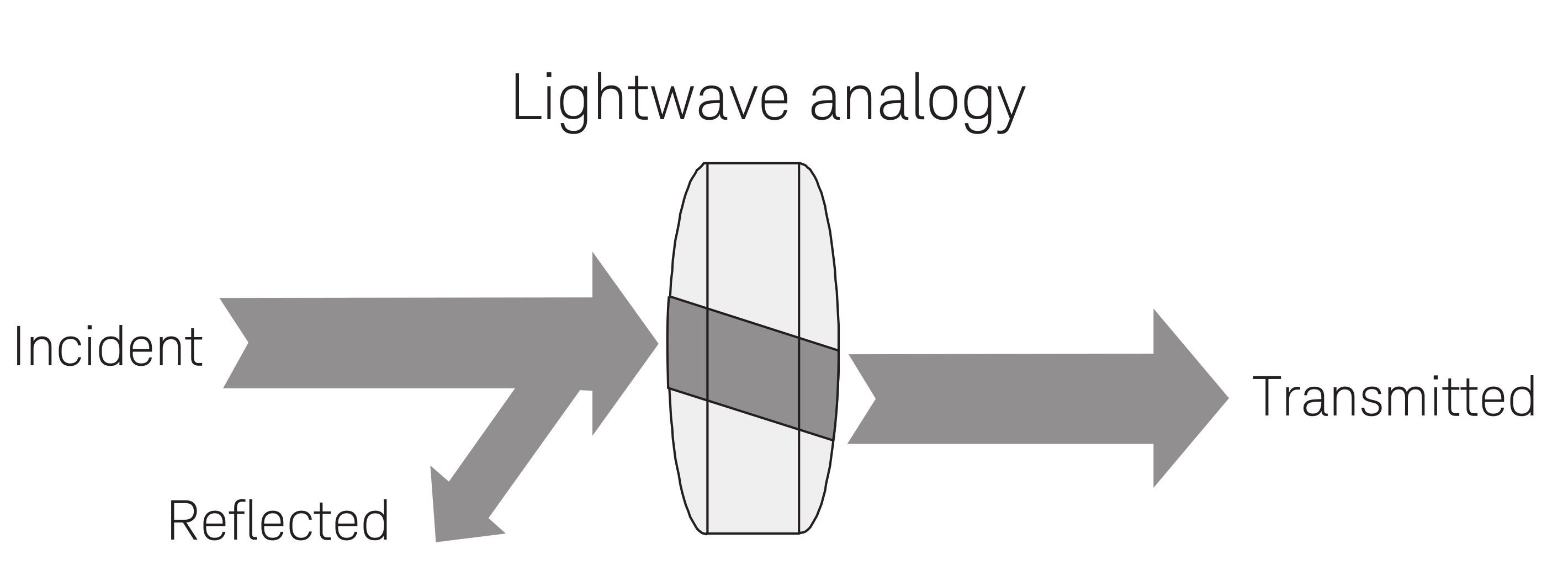
This document aims to give the reader a brief introduction to vector network analyzers, for someone who has never come across one before, or someone who is tasked with using a vector network analyzer, but knows nothing about them.
A vector network analyzer, often known by the acronym VNA, is a piece of electronic test equipment, usually used for characterising radio frequency (RF) and microwave networks. Typically the lowest frequency of instruments is a few hundred kHz, and the upper-frequency many GHz, although instruments are available which work down to a few Hz, as well as up to more than 1 THz. Ususally instrument designed for very high frequencies do not work to very low frequencies, and instruments designed to work for very low frequencies do not work at very high freqencies. We are unaware of any instrument that covers from 5 Hz to 1 THz. The leading manufacturers of VNAs are Keysight, Rohde & Schwarz and Anritsu.
Historically VNAs were large instruments with a display, some controls on the front panel, and were powered by mains electricity. All internal calculations were performed with one or more CPUs. A particularly popular series of instruments was the HP/Agilent 8753 series. There were probably more 8753s made than any other series of VNAs. We have a webpage dedicated to the 8753 series of instruments. The 8753s are obsolete, but still regularly used in a lot of companies.
More recently many VNAs have become available that have no display at all but are designed to be connected to a Windows computer, with the processing and display performed by the computer. This results in lower cost. Copper Mountain is one of the best-known manufacturers of such instruments.
There is also a range of fully self contained portable VNAs. The Keysight FieldFox range is the most comprehensive of this type.

In the above diagram, light is seen to be incident on a lens. Some light is transmitted through the lens, and some is reflected from the lens. If you wanted to make a simple very instrument to characterise the lens you could have it consisting of just three parts.
The above is a scalar instrument - it detects the magnitude of the light, but not its phase.
Many RF devices behave similar to the lens, in that some of the incident RF signal is reflected, and some is transmitted. A simple scalar network analyzer would need to consist of
A vector network analyzer is similar to the scalar vector analyser, but the VNA has one major difference - it can detect both the magnitude, and the phase of the signals.
Kirkby Microwave Ltd is registered in England and Wales, company number 08914892. Registered office: Stokes Hall Lodge, Burnham Rd, Althorne, Essex, CM3 6DT.